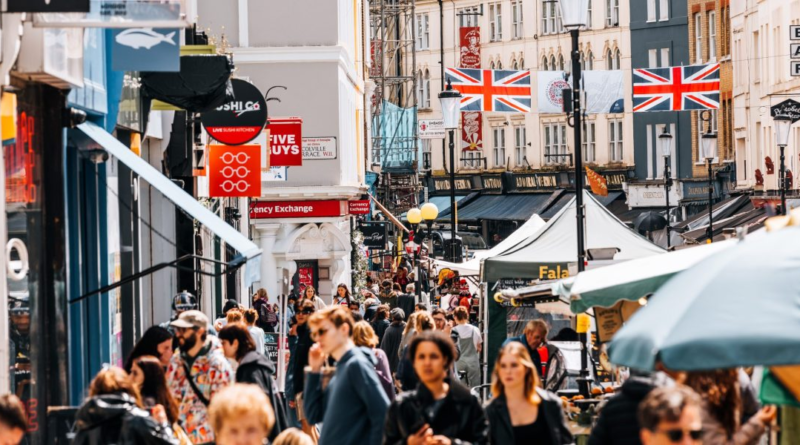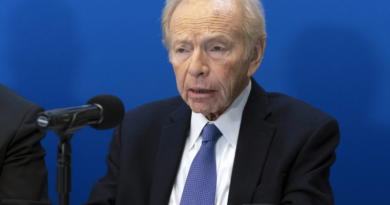The U.K. just entered a recession—but a surprise boost from strong retail sales could be the glimmer of hope its economy needed
Just after Valentine’s Day, Britain was met with the grim news that its economy had slid into a recession at the end of last year.
Now, as the country processes the disappointing economic results, a piece of uplifting data has popped up. The U.K.’s retail sales saw a surprise boost—its biggest bump in nearly three years—by 3.4% in January, as consumers’ spending appetite remained strong, the Office of National Statistics said Friday.
That’s also the steepest jump in retail spending since at least 1996, excluding the COVID-19 spike, and is a welcome reversal from December’s 3.2% slump in sales numbers. Part of the reason why December sales were down sharply was because budget-constrained shoppers moved up their holiday splurge to November to cash in on Black Friday deals.
“Overall, today’s release was stronger than expected and suggests the drag from higher interest rates on consumer spending is fading fast and points to the economy soon moving out of recession,” Joe Maher, an economist at Capital Economics, said in a note.
Maher added that the retail sales rise could in fact possibly cut short the recession that the U.K. just slipped into.
On the surface, the strong retail sales is great news. It points to an upward trajectory—an expansion, rather than contraction, in consumer demand.
But experts are treading with more caution on what this data is really saying.
‘Pinch of salt,’ please
The surge in retail sales volume in January now brings it back to November 2023 levels, but that’s still 1.3% below pre-pandemic levels, according to ONS.
“After the precipitous decline in retail sales we saw in December as shoppers brought forward some of their Christmas spending into November’s Black Friday sales period, but also played it ‘safe’ with smaller family gatherings, January’s recovered sharply,” Lisa Hooker, PwC’s industry for consumer markets lead, said in a note. But she cautioned that the numbers reflect a bounce back to the weak growth, as opposed to a “prolonged recovery.”
The January numbers reflected a shift in seasonal spending trends, not necessarily the macroeconomic climate, Dutch bank ING’s economist James Smith warned.
“It seems to be a growing trend that makes it tricky for statistics agencies to accurately seasonally-adjust the numbers—a challenge that is not unique to the U.K.,” he said in a note. “January’s bounce should be taken with just as much of a pinch of salt as December’s fall.”
Wait, there’s a silver lining
Amid a recession, cost-of-living crisis and elevated interest rates, the British economy seems to be facing attacks from all sides—a situation that also raises further questions about whether the U.K. will remain in its state of stagnation, as Resolution Foundation’s James Smith noted.
“The big picture is that Britain remains a stagnation nation, and that there are precious few signs of a recovery that will get the economy out of it,” he said in a statement following U.K.’s GDP data release on Thursday.
The silver lining? Even if the economic data isn’t all working in the U.K.’s favor, there are important signs of progress.
Inflation has been coming under control—it fell to 4% year-over-year in January. This could mean lower interest rates in the not-so-distant future, which would help ease some of the mortgage pressure on Brits. Consumer confidence in the U.K. has also been improving as a result.
Taken together, this could mean the path to economic growth might be on the horizon after all.
“The bounce in retail adds another reason to expect a rebound in growth during the first quarter,” ING’s Smith said, adding, “While we shouldn’t get too carried away—not least because the jobs market will continue to cool gradually—an improved consumer backdrop should help the UK economy return to modest growth through 2024.”




